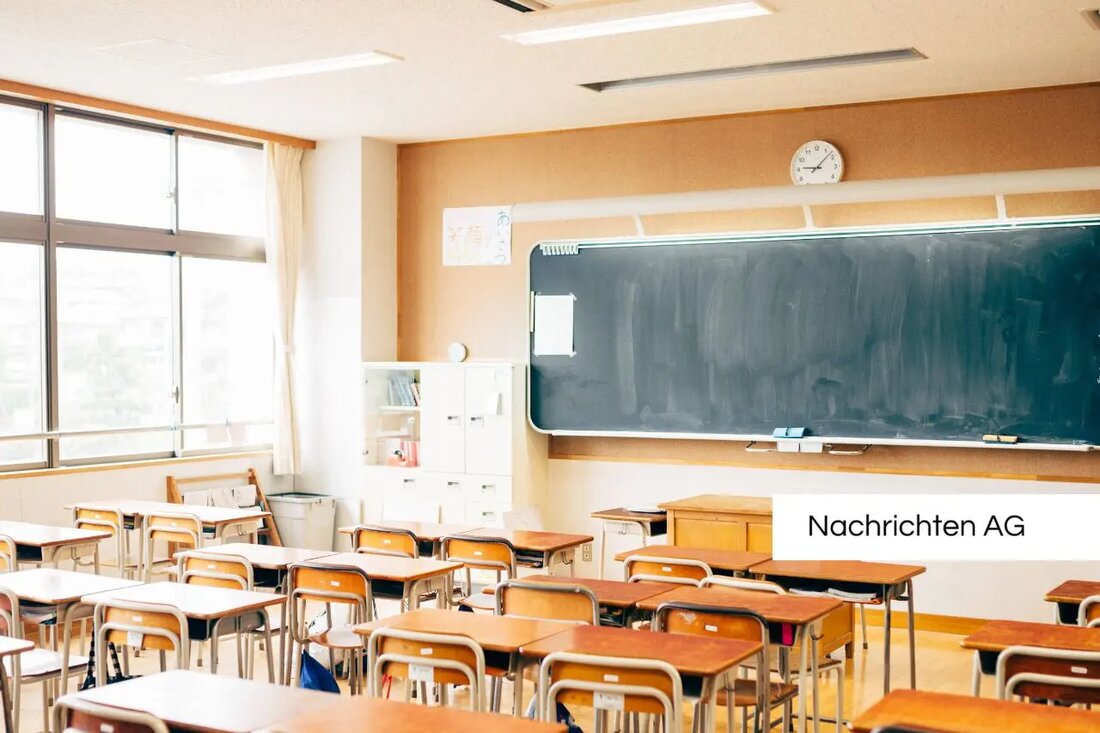Hennef in change: population sinks, the proportion of senior citizens grows!

Hennef in change: population sinks, the proportion of senior citizens grows!
Hennef, one of the most important municipalities in the Rhein-Sieg-Kreis on the right bank of the Rhine, has a slight decline in the population. As the Kölner Stadt-Anzeiger is located at 49,657, which corresponds to a decline of 36 people compared to the previous year. This development is remarkable because Hennef is the third largest municipality in the region, to Troisdorf and Sankt Augustin.
The demographic structure of the city is particularly striking. The distance between male and female residents is still available, but has decreased from over 1000 to around 900. A significant part of the population, over 10%, is over 75 years old, which indicates an age -related shift in demographic composition. The age structure shows that Hennef attracts both younger and older citizens, a challenge for urban planning and social services.
living Situation and districts
A large part of the Hennef population lives in the central parts of the city, including Geistingen, Warth and GeiSbach, where around 25,030 people live. Uckerath alone has 3501 inhabitants, while smaller parts of the city such as Falldorf (1668), Happerschoß (1441) and Allner (1424) also have four -digit population. The situation in Hennef-Altlück is particularly worrying, where no residents are registered.
The smaller living spaces in Hennef have partly drastically decreasing population. In this way, only 9 people live in Derbach and Haus Oelgarten, 8 each in Ahrenbach and Raveneck, and in other places such as landfill and re -sound there are only 6 or 5 residents. These developments raise questions about the future viability and infrastructure of these areas.
school system and social challenges
with a total of 13,514 residential buildings, including 10,419 single -family houses, the city has a considerable living infrastructure to serve the constant demand. The largest school in urban sponsorship, the Meiersheide comprehensive school, offers space for 1355 students and is an important part of the education system in Hennef. In addition, the comprehensive schools Hennef-West and the municipal high school are also available.
In order to deal with the current challenges, the brochure "Hennef Complete 2025", which offers information about daycare, medical practices and other services, is a valuable aid. This free publication can be obtained or downloaded online in different locations, such as the town hall and the city library.
demographic trends in comparison
The demographic development of Hennef is in a larger context. According to a study by the Federal Institute for Building, Urban and Spatial Research (BBSR), many larger cities in Germany have recorded growth in recent years, while rural regions are often faced with declining figures. This analysis refers to data that has been collected since 2011 and shows that large cities and their surroundings in particular benefit from immigration, while smaller cities such as Hennef have to fight with internal migration. The study also illuminates social inequality, which is different in different parts of the city.
The city of Hennef is invited to face these challenges and adapt their strategy accordingly in order to continue to ensure the well -being of its citizens.
| Details | |
|---|---|
| Quellen | |
